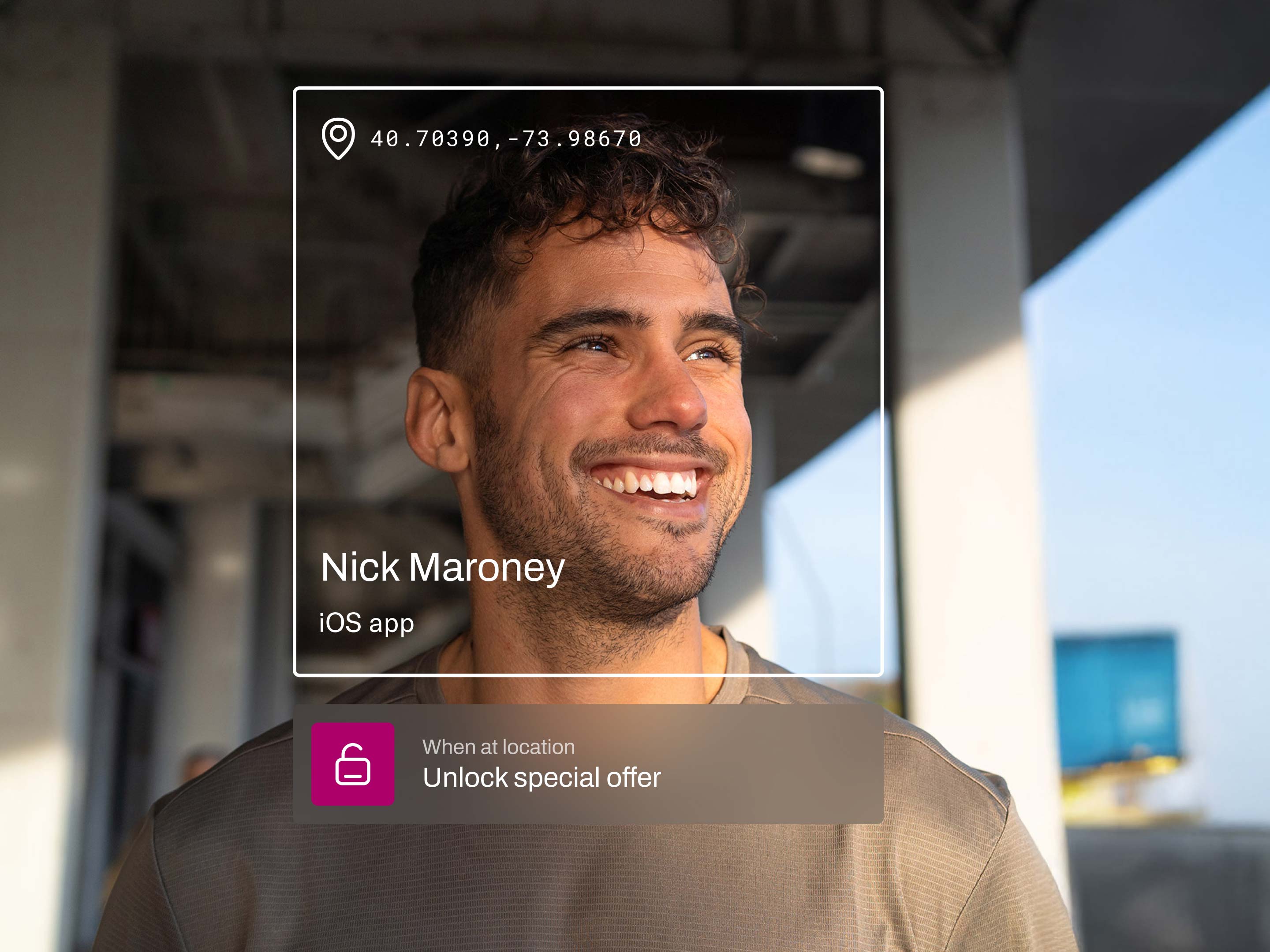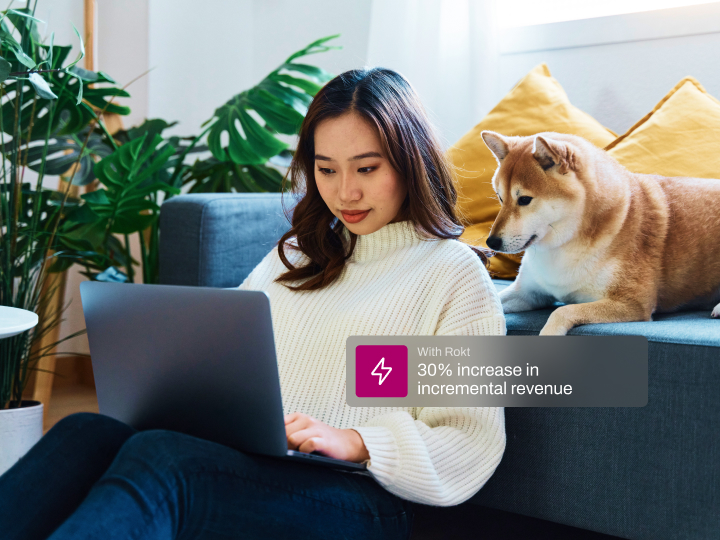Every consumer who shops, whether online or in-store, has unique interests and preferences. However, once a shopper completes their purchase at a brick-and-mortar store, the retailer has no influence over where they go next. A trip to the mall to buy a new pair of shoes might result in additional stops at a record store and a department store, but the shoe shop earns no additional revenue from the subsequent shopping activities.
In the digital shopping experience, however, retailers can drive additional revenue after consumers complete their purchase. Leveraging first-party data, retailers can provide non-endemic offers, including those from brands that don’t have physical products at all, like music streaming and meal kit services. With 70% of the US population shopping online, and over half of US consumers preferring online as their primary shopping method, it is crucial that retailers provide the most relevant offers during the Transaction Moment.
Serving the most relevant offer at the point of purchase creates a win-win-win scenario: the retailer generates incremental revenue from non-endemic ads, the advertisers reach new customers, and the customer receives highly relevant offers from brands they love.
The infographic below explores the differences between a traditional in-store shopping journey and a digital shopping experience with non-endemic offers.
Download the infographic






.jpg)



.jpg)
